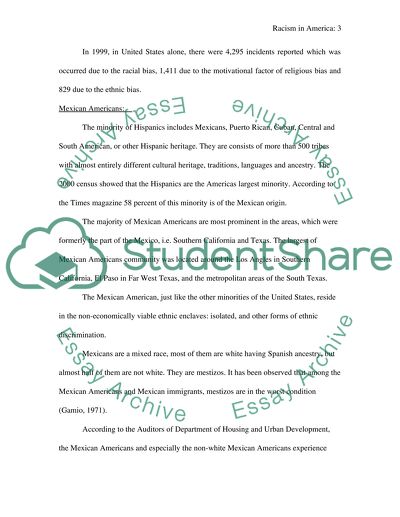Cite this document
(American Perspective on Racism Coursework Example | Topics and Well Written Essays - 2000 words, n.d.)
American Perspective on Racism Coursework Example | Topics and Well Written Essays - 2000 words. https://studentshare.org/sociology/1531691-american-perspective-on-racism-mexicanlatin-american-studies-program
American Perspective on Racism Coursework Example | Topics and Well Written Essays - 2000 words. https://studentshare.org/sociology/1531691-american-perspective-on-racism-mexicanlatin-american-studies-program
(American Perspective on Racism Coursework Example | Topics and Well Written Essays - 2000 Words)
American Perspective on Racism Coursework Example | Topics and Well Written Essays - 2000 Words. https://studentshare.org/sociology/1531691-american-perspective-on-racism-mexicanlatin-american-studies-program.
American Perspective on Racism Coursework Example | Topics and Well Written Essays - 2000 Words. https://studentshare.org/sociology/1531691-american-perspective-on-racism-mexicanlatin-american-studies-program.
“American Perspective on Racism Coursework Example | Topics and Well Written Essays - 2000 Words”. https://studentshare.org/sociology/1531691-american-perspective-on-racism-mexicanlatin-american-studies-program.


